| Umělec magazine 2002/3 >> Soc-art | List of all editions. | ||||||||||||
|
|||||||||||||
Soc-artUmělec magazine 2002/301.03.2002 Tomáš Pospiszyl | focus | en cs |
|||||||||||||
|
Petr Sadecký, young and idealistic Czech communist in Kiev, described the shock he suffered when he entered the PPP clubroom and for the first time was exposed to the melange of Lenin posters and pornographic magazines. This effect of combining the “holy” with the profane was not new. For example, the surrealists used shocking combinations of religious and pornographic elements. The combination of communist visual symbols with ideologically antagonistic elements was an efficient form of subversion used by several artists in various parts of the world.
In socialist countries, appropriation of forms typical of socialist realism and the content of communist ideology was, paradoxically, a way to distance oneself from the official social reality. From an art historical view, Sadecký’s Octobriana was in fact one of the early expressions of so-called soc-art, an artistic trend combining elements of low consumer culture and symbols of the communist state, shifting their meanings in a postmodern sense. The absurdity of official propaganda was evident in Eastern Europe and in Russia. Many artists began using it as an efficient artistic tool. At the end of the 1940s and beginning of the 1950s, Czech author Egon Bondy wrote poetry combining official news reports and banal descriptions of everyday events. In the visual arts, the extreme socialist realism imported from the Soviet Union provided a great source of inspiration combining communist ideology and realistic kitsch. Socialist realism was almost perfect for mockery. American Pop art, which provided an important key as its strength, also stemmed from the combination of the uncombineable and from the tension between high art and symbols of consumer culture. Consumer goods, which were nonexistent in Eastern Europe, were substituted with ubiquitous propaganda stripped of its content. In mid-1960s, the Czech artist Milan Knížák made a symbol of a crossed sickle and hammer enriched with Pop hearts. In addition, Milan Kunc living in Germany used elements of Western comics and communist symbols in his paintings from the mid-1970s. Soc-art was created in the USSR at the beginning of the 1970s. The most significant representatives of this trend included Komar and Melamid, Alexander Kosolapov and Leonid Sokov (all of whom claim they had no clue Octobriana existed). At the end of the 1970s, the case of artist Vyacheslav Sysoyev met with great response among Moscow avantgarde circles. He made several comics of a strong political and satirical nature. In one of his stories called “Hammer and Sickle,” these symbols of the union between farmers and workers had sex. The police got hold of the comics and jailed the artist for several years. Sysoyev was an exception among artists. In the Leonid Brezhnev years it was particularly writers and poets who were sent to jail, not visual artists. Malcolm Mclaren, later manager of Sex Pistols, came up with a special show for the punk band New York Dolls in 1975. In the concert The Red Show, the band members were dressed in red leather and red clothes against a background of red curtain with a hammer and sickle. The golden era of soc-art subversions came during the last decade before the fall of communist regimes, but artists continue to use this genre to date. Intentional misinterpretation or manipulation of ideological symbols was part of the events organized by the Polish performance group Orange Alternative. In the 1980s the group organized grand parody celebrations of the October Revolution. The shift, abuse and combination of established ideological symbols were key to the fame of the Slovene group NSK, which combined socialist realism and Nazi art with the legacy of classic avantgarde and contemporary consumer culture. At the end of the 1990s, painters Alexander Vinogradov and Vladimir Dubosarsky took up soc-art and socialist realism. The combination of political propaganda and Pop culture is also visible in the work of Chinese artists such as Wang Guang-ji and Li Shan.
01.03.2002
Recommended articles
|
|||||||||||||
|
04.02.2020 10:17
Letošní 50. ročník Art Basel přilákal celkem 93 000 návštěvníků a sběratelů z 80 zemí světa. 290 prémiových galerií představilo umělecká díla od počátku 20. století až po současnost. Hlavní sektor přehlídky, tradičně v prvním patře výstavního prostoru, představil 232 předních galerií z celého světa nabízející umění nejvyšší kvality. Veletrh ukázal vzestupný trend prodeje prostřednictvím galerií jak soukromým sbírkám, tak i institucím. Kromě hlavního veletrhu stály za návštěvu i ty přidružené: Volta, Liste a Photo Basel, k tomu doprovodné programy a výstavy v místních institucích, které kvalitou daleko přesahují hranice města tj. Kunsthalle Basel, Kunstmuseum, Tinguely muzeum nebo Fondation Beyeler.
|



















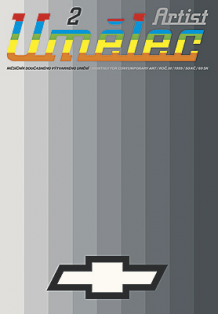




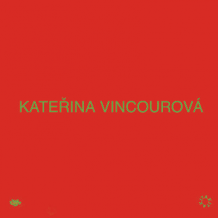
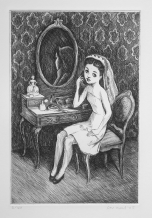
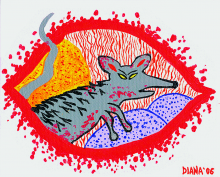
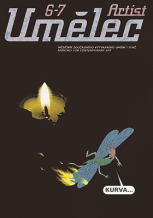


 New book by I.M.Jirous in English at our online bookshop.
New book by I.M.Jirous in English at our online bookshop.
Comments
There are currently no comments.Add new comment